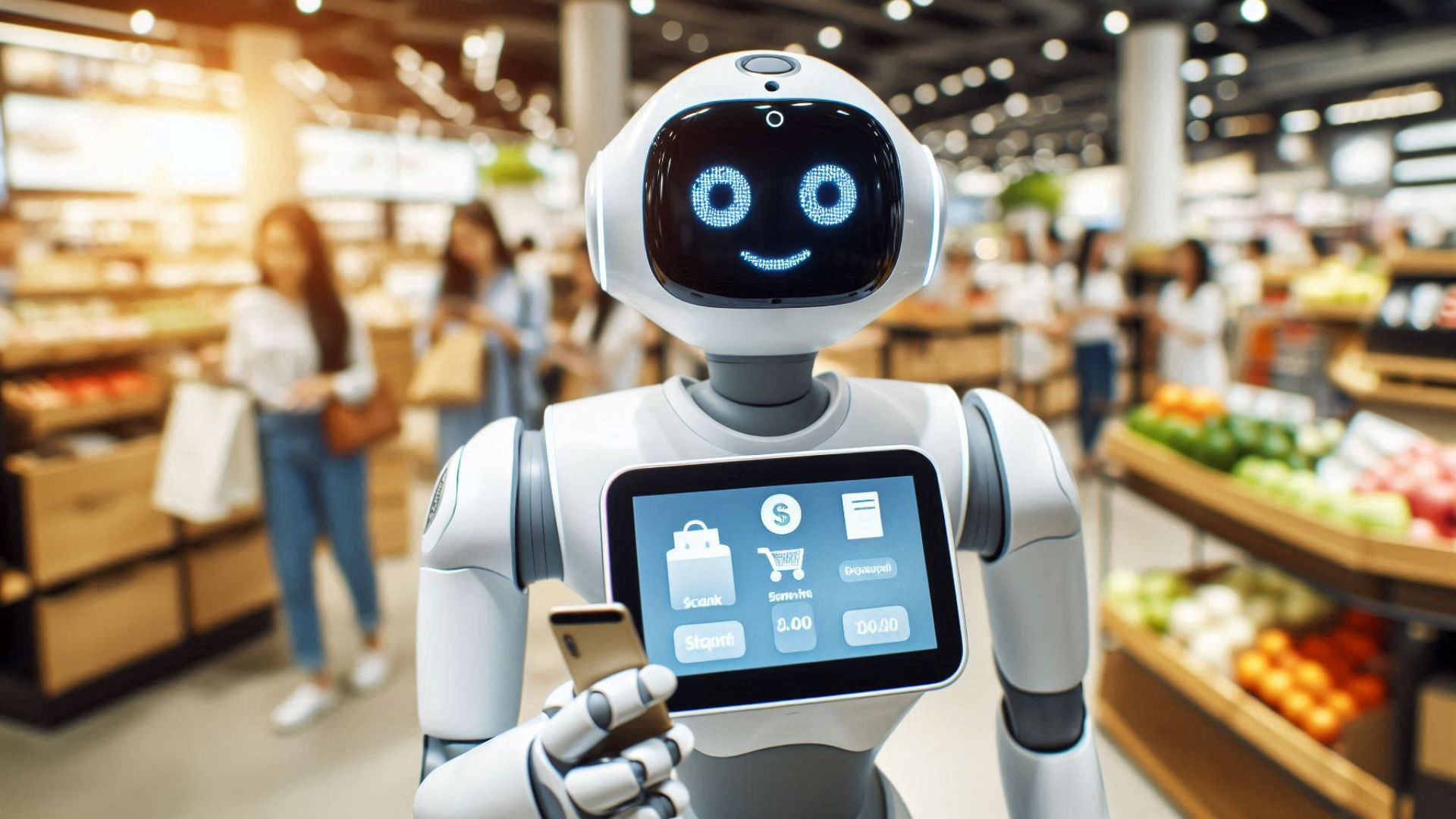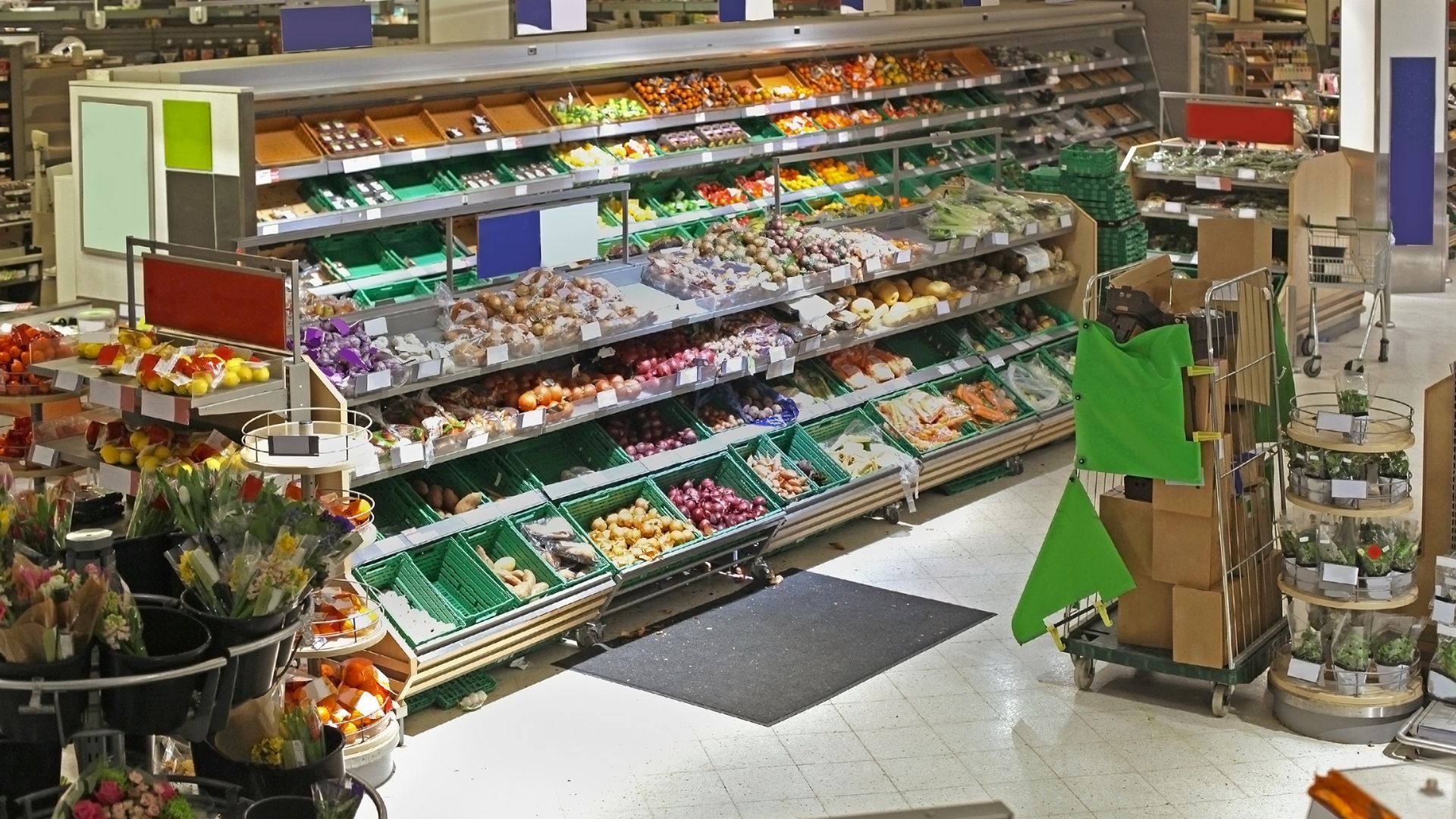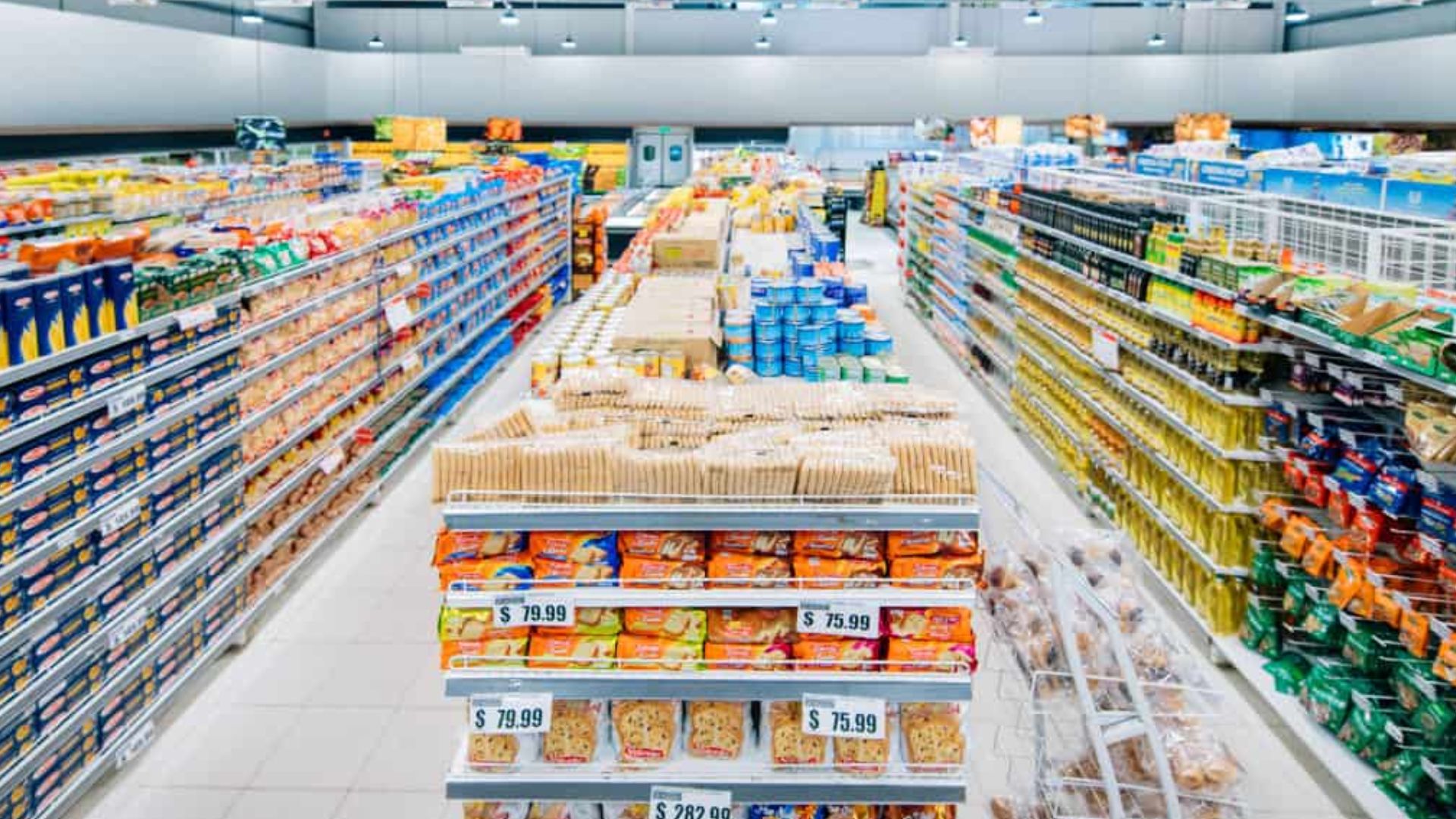For CPG brands, success isn’t just about shipping products to retailers. You need to ensure they’re placed correctly, highly visible, and compliant with planograms so they get the attention they deserve.
But when execution falls short, products end up misplaced, low on stock, or poor ROI on promotions, leading to lost sales and a weaker market share. That’s not just lost revenue—it’s a direct hit to your brand presence in competitive retail environments.
In this blog, we’ll cover key visual merchandising principles to help you track shelf execution, ensure compliance, and fix issues before they impact performance. Let’s get started!
What is Visual Merchandising & Why Does it Matter for CPG Success in Retail Stores?
Let’s talk about visual merchandising for CPG brands. Want to boost sales and build loyalty? It starts with how your products show up on shelves and how they are displayed to your in-store consumers. Applying the right visual merchandising principles ensures better visibility, placement, and improved retail execution. Unlike general retail, CPG merchandising focuses on availability and clear shelf presence, not fancy displays. When top-selling products go missing or are hard to find, customers quickly reach for competitors or buy from online. Smart positioning matters: studies show well-placed displays can lift ROI by up to 51%.
How Visual Merchandising Helps CPG Brands Drive Sales & Build Loyalty
Strategic visual merchandising helps CPG brands improve product visibility and drive impulse purchases. Well-placed products, clear signage, and retail-compliant shelf layouts ensure consistent in-store execution. This consistency reinforces brand presence, increases shopper recall, and supports long-term brand loyalty in crowded categories.
Key Differences Between CPG Merchandising & Other Retail Categories
The table below highlights the key distinctions between CPG merchandising and other retail categories, such as apparel, electronics, and furniture, which focus more on long-term purchases, branding, and store layout strategies.

Core Visual Merchandising Principles for CPG Success
Here’s how to put proven visual merchandising strategies to work, so your products don’t just sit on shelves, they sell.
1. Strategic Shelf Placement & Product Positioning
Actionable Idea: CPG brands must actively secure premium shelf positions by leveraging data-driven negotiations with retailers. Eye-level placement, secondary displays, strategic assortment planning, and adjacency to high-performing SKUs can significantly enhance visibility and sales. Without proactive placement strategies, products may be stocked in low-engagement areas, reducing their impact.
Use planogram compliance tools and shelf visibility analytics to track whether products are placed as intended. Identifying placement gaps early allows brands to optimize positioning, ensuring key products remain in high-traffic areas that drive conversions.
Also read: Strategies for Retail Product Placement in Stores
2. Store Layout & Traffic Flow Optimization
Actionable Idea: CPG brands must collaborate with retailers to apply principles of visual merchandising, ensuring products are placed in high-traffic areas where shoppers naturally move. End caps, checkout aisles, and promotional zones near category leaders enhance visibility and drive impulse purchases, while poor placement can lead to lost sales.
Utilize shelf intelligence tools like ShelfWatch, which utilizes image recognition technology to monitor on-shelf availability and optimize product placement. By identifying gaps in visibility or poor execution, CPG brands can refine display strategies and ensure stronger retail presence for maximum impact.
3. Product Display & Branding for Maximum Impact
Actionable Idea: CPG brands must design visually compelling displays that align with visual merchandising principles to enhance brand identity and attract shoppers. Themed setups,such as a dedicated wellness section for organic snacks, reinforce brand messaging and make products stand out. Use strategic shelf placement in high-traffic zones to increase engagement and impulse purchases.
Ensure planogram compliance by monitoring how your displays are executed at retail locations. Use shelf visibility audits to track whether branding elements, like signage, colors, and promotional materials, are consistently applied across stores, preventing display inconsistencies that can dilute brand impact.
4. Seasonal Merchandising
Actionable Idea: CPG brands must ensure their seasonal products gain prime shelf space at the right time. Securing endcap displays, themed sections, and checkout placements can significantly boost visibility for holiday or seasonal promotions. Without proactive merchandising, limited-time products risk being overshadowed by regular stock.
Use shelf data analytics and planogram compliance tools to verify execution. If seasonal products like summer beverages or holiday-themed items aren’t placed in high-traffic areas as planned, brands can collaborate with retailers to make timely adjustments, preventing lost sales.
5. Consistency Across All Touchpoints
Actionable Idea: CPG brands must maintain consistent product presentation across all retail locations. This includes ensuring uniform shelf placements, promotional signage, and branding elements like packaging visibility. By standardizing execution, brands strengthen recognition and improve shopper recall in different stores.
Employ retail execution audits to track compliance across locations. Use image recognition and shelf data to verify that promotional materials and planogram placements are followed as intended. This helps brands identify discrepancies and take corrective action in real time.
6. Digital Engagement
Actionable Idea: CPG brands should apply visual merchandising principles to ensure their products are correctly positioned in stores and integrated with digital engagement strategies. Secure prominent placements near retailer-run interactive displays, ensuring your brand stands out where shoppers are already engaging with technology.
Use QR codes or digital content on packaging to drive shopper engagement. Linking to product benefits, tutorials, or promotional offers ensures consistent brand messaging without relying on in-store tech setups.
Also read: How AI Image Recognition is Transforming Store Merchandising Audits in 2025
Data-Driven Merchandising: Using Analytics for Better Execution
When you integrate visual merchandising principles with data analytics, you're fine-tuning it for maximum impact. Data gives you real-time insights to improve product placement, stock management, and customer experience, making your strategy more effective.
1. Planograms & Shelf Optimization
Planograms help CPG brands ensure retailers follow agreed-upon product placements, maximizing visibility and sales potential. By tracking compliance, brands can confirm that their products are positioned as planned, avoiding placement in low-traffic or less profitable areas.
Why it works: When products are strategically placed based on demand, you’re increasing their chances of being noticed and bought.
How to use it: Conduct regular shelf audits and analyze sales data to verify compliance. If deviations occur, collaborate with retailers to correct placement and maintain optimal shelf presence.
2. AI & Retail Analytics in CPG Merchandising
AI and retail analytics help you predict demand with accuracy. Imagine knowing which products will fly off the shelves next week or next month.
Why it works: Predictive insights help you understand what products will sell well at certain times so that you can plan your stock accordingly.
How to use it: Use AI to predict demand for the upcoming weeks or months, and adjust your inventory to avoid overstocking or running out of key products. You can also use this data for dynamic pricing, adjusting prices based on demand patterns.
3. Heat Mapping & Foot Traffic Analysis
CPG brands can use heat mapping data to negotiate better shelf placements with retailers. By understanding which store zones attract the most foot traffic, brands can push for high-visibility positioning that maximizes product exposure and sales.
Why it works: Data-backed negotiations help secure premium shelf space in high-traffic areas, increasing product visibility and purchase likelihood.
How to use it: Analyze heat mapping alongside sales data to identify underperforming placements. Use these insights to advocate for better positioning and ensure compliance with agreed-upon planograms.
Common Visual Merchandising Mistakes & How to Avoid Them
Even strong CPG brands can lose consumer attention without following key principles of merchandising. Poor shelf placement, inconsistent branding, or ineffective packaging design can reduce visibility and impact sales. Addressing these issues ensures stronger brand recall and better consumer engagement.
1. Poor Shelf Arrangement Leading to Lost Sales
Challenge: Retailers may not always follow CPG planograms, leading to inconsistent product placement that reduces visibility and affects sales.
Solution: Conduct regular shelf audits to ensure compliance with planograms. Use retail execution software and field teams to track placements, optimize facings, and maintain brand consistency across stores.
2. Overcrowded Displays & Lack of Visual Hierarchy
Challenge: Overcrowding displays or not having a clear visual hierarchy can confuse customers, making it harder for them to focus on key products.
Solution: Maintain a clean, organized display by focusing on a few key items. Use visual hierarchy to guide the customer’s eye—prioritize high-margin or seasonal products at eye level and create breathing space around them.
3. Inconsistent Branding & Lack of Seasonal Adaptation
Challenge: Inconsistent branding or failing to adapt displays to current seasons can make your store feel disconnected and out-of-touch with your customers’ needs.
Solution: Keep your branding consistent across all touchpoints, from in-store displays to online experiences. Update your displays seasonally, showcasing relevant products and promotions to reflect current consumer trends.
4. Neglecting Customer Flow
Challenge: Ignoring the flow of customer traffic within your store can lead to bottlenecks, making it difficult for shoppers to navigate and find products.
Solution: Map out your store layout to ensure smooth customer flow. Place high-traffic items near entrances or key areas to drive customers deeper into the store, boosting exposure for other products.
5. Poor Lighting and Display Visibility
Challenge: Poor in-store lighting can diminish product visibility, impacting brand presence and consumer engagement.
Solution: Monitor retail execution to ensure proper lighting enhances product appeal. Use field audits and image recognition technology to track compliance, ensuring key products receive optimal visibility on shelves.
How ParallelDots Can Help: Revolutionizing Retail Execution
If you're looking to optimize in-store execution and improve compliance for your CPG brand, you're in the right place. ParallelDots offers powerful AI-driven solutions that make all this possible.
ShelfWatch, uses image recognition to monitor your product placement, and ensure that the products are available in the right quantity and priced accurately. Here’s a quick rundown of how it works:
Key Features of ShelfWatch:
- High Accuracy: ShelfWatch delivers 95%+ accuracy, even when SKUs are rotated, blocked, or partially visible.
- Fast New SKU Detection: New products or POS materials are detected within 48 hours using Saarthi—an AI tool by ParallelDots that rapidly trains image recognition models.
- Unknown SKU Tracking: Easily train the system to recognize new or unidentified SKUs with Saarthi’s intuitive interface.
- Real-Time Planogram Compliance: ShelfWatch helps CPG brands ensure retailers follow shelving agreements, maintaining product visibility and brand consistency.
- Data-Driven Insights: Access actionable analytics to optimize shelf visibility and refine product placement strategies.
Why Choose ParallelDots?
- Faster Execution: Save time by automating manual audits. This gives your retail teams more time to focus on strategy and boosting sales.
- Proven Results: ParallelDots is trusted in over 50 markets, analyzing over 5 million images monthly.
- Seamless Integration: Whether you're in modern trade or traditional stores, ShelfWatch works across all retail formats.
With ShelfWatch, you can enhance compliance, optimize shelf arrangement, and boost sales. Curious to see how it works? Request a demo and discover how ParallelDots can transform your retail execution!
Final Say
Success in CPG retail depends on making sure retailers follow visual merchandising principles to protect brand consistency. It goes beyond planograms—it's about checking what’s really happening in-store, maximizing facings, and using real-time data to improve shelf performance.
By actively monitoring displays, fixing placement gaps, and applying insights, CPG brands can boost visibility where it matters. When visual merchandising principles are consistently applied, you secure a stronger brand presence, better positioning, and long-term sales impact in a crowded market.
To take your merchandising to the next level, ParallelDots’ ShelfWatch is the tool you need. With AI-driven solutions, it ensures real-time compliance and optimizes shelf performance, helping you make data-backed decisions that boost efficiency and sales.
Request a demo now!


